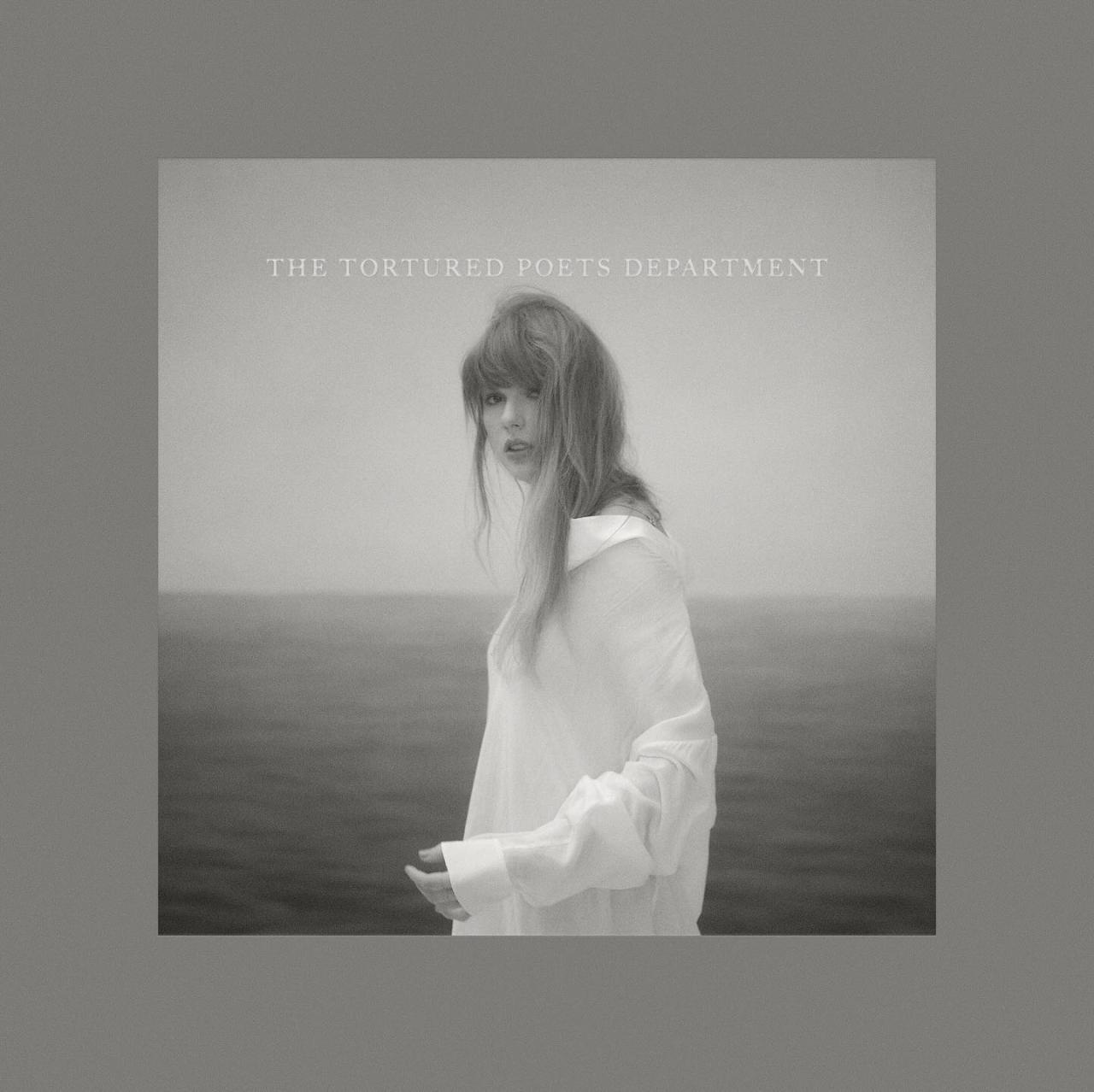As the tortured poets department leak link unveils the raw emotions and tormented souls of literary giants, this exploration delves into the depths of their suffering, revealing how their pain has shaped the tapestry of human expression.
From the tormented musings of Sylvia Plath to the anguished cries of Edgar Allan Poe, the tortured poets department leak link unveils the profound impact of trauma on the creative process, offering a glimpse into the minds of those who have endured unimaginable pain.
Poetry of the Tortured Soul

Poetry has long been a medium for expressing the deepest emotions of the human experience, including the pain and suffering endured by individuals. Poets who have endured personal trauma often find solace and catharsis in pouring their experiences into verse, giving voice to the unspeakable and shedding light on the darkest corners of the human condition.
If you’ve been searching for the elusive “tortured poets department leak link,” look no further! The complete collection is now available for download . Delve into the depths of these tormented souls’ raw emotions and unfiltered experiences. Prepare to be captivated by their profound insights and haunting imagery, all accessible through this comprehensive leak link.
Themes in Poetry of the Tortured Soul
Common themes found in poetry by individuals who have experienced suffering include:
- Loss and Grief: The loss of loved ones, relationships, or cherished dreams can leave an unfillable void in the soul, which poets often explore through themes of longing, sorrow, and regret.
- Trauma and PTSD: The psychological and emotional impact of trauma can manifest in poetry through vivid imagery, fragmented narratives, and a sense of disconnection from the self and others.
- Mental Illness: Poets who struggle with mental health issues often find poetry to be a therapeutic outlet, allowing them to process their emotions, explore their inner turmoil, and connect with others who share similar experiences.
- Existential Angst: The contemplation of life’s meaning, purpose, and the inevitability of death can lead to profound feelings of anxiety and despair, which poets often express through themes of alienation, isolation, and a search for meaning.
Historical Context of the “Tortured Poets”

The term “tortured poets” refers to poets who have endured significant hardship, adversity, and emotional torment throughout their lives and creative careers. These poets have often produced works that reflect their struggles and suffering, exploring themes of pain, loss, despair, and the human condition.
Throughout history, various historical periods and cultural movements have produced a significant number of tortured poets. These include:
The Romantic Era
The Romantic era (late 18th to mid-19th century) emphasized individualism, emotion, and the power of nature. Many Romantic poets, such as William Blake, Lord Byron, and Percy Bysshe Shelley, endured personal struggles, including poverty, illness, and unrequited love. Their poetry often expressed their intense emotions and their search for meaning in a world that seemed chaotic and unpredictable.
The Victorian Era
The Victorian era (mid-19th century) was a time of great social and economic change. Many poets of this period, such as Elizabeth Barrett Browning, Christina Rossetti, and Gerard Manley Hopkins, struggled with mental illness, addiction, and societal expectations. Their poetry often explored themes of isolation, alienation, and the search for spiritual meaning in a rapidly changing world.
The Modernist Era
The Modernist era (early 20th century) saw a rejection of traditional forms and values. Many Modernist poets, such as T.S. Eliot, Ezra Pound, and Virginia Woolf, experienced personal trauma, including war, exile, and mental illness. Their poetry often reflected their disillusionment with the world and their search for new forms of expression.
Literary Analysis of the “Tortured Poets”: Tortured Poets Department Leak Link
The “tortured poets” are a group of poets who lived in the late 19th and early 20th centuries and whose work is characterized by its emotional intensity, dark imagery, and exploration of themes such as love, loss, and death. Their writing styles are as varied as their personalities, but they share a common thread of authenticity and passion.
One of the most striking features of the “tortured poets” is their use of imagery. They often employ vivid and disturbing images to convey their emotions and experiences. For example, Edgar Allan Poe’s poem “The Raven” is filled with images of darkness, death, and decay.
The raven itself is a symbol of Poe’s own inner turmoil and despair.
The “tortured poets” also make frequent use of symbolism. They often use objects and events to represent abstract ideas or emotions. For example, in Emily Dickinson’s poem “Because I could not stop for Death,” the carriage represents the inevitability of death.
The speaker’s journey with Death is a metaphor for her own journey through life.
Finally, the “tortured poets” are known for their use of metaphor. They often compare two unlike things in order to create a new and surprising image. For example, in Charles Baudelaire’s poem “The Flowers of Evil,” he compares a woman to a flower.
The woman is beautiful and alluring, but she is also dangerous and poisonous.
The unique experiences of the “tortured poets” had a profound impact on their poetic techniques and themes. They often wrote about their own personal struggles with mental illness, addiction, and loss. Their poetry is a testament to the power of human emotion and the resilience of the human spirit.
Comparison of Writing Styles
The writing styles of the “tortured poets” vary greatly, but they share a common thread of authenticity and passion. Some of the most notable differences between their writing styles include:
- Edgar Allan Poe: Poe’s writing is characterized by its use of dark imagery, symbolism, and metaphor. He often explored themes of love, loss, and death.
- Emily Dickinson: Dickinson’s writing is known for its brevity, wit, and use of slant rhyme. She often wrote about nature, death, and the human condition.
- Charles Baudelaire: Baudelaire’s writing is characterized by its decadence, eroticism, and use of symbolism. He often explored themes of beauty, evil, and the human condition.
Despite their differences, the “tortured poets” all shared a common goal: to express their own unique experiences and emotions in a way that would resonate with others. Their poetry continues to be read and studied today because it speaks to the human condition in a profound and moving way.
The Legacy of the “Tortured Poets”

The tormented poets left an enduring mark on the literary landscape, influencing generations of writers and artists who came after them. Their raw and emotional outpourings resonated with countless individuals, providing solace and inspiration amidst the trials and tribulations of life.
The legacy of these poets extends far beyond their own time. Their work has profoundly contributed to our understanding of human suffering and resilience. By delving into the depths of their own pain, they illuminated the universal human experience of loss, grief, and despair.
Tortured poets department leak link has been making headlines lately, but it’s important to note that it’s not just another leaked document. This link provides access to a trove of sensitive information that could have far-reaching consequences. If you’re interested in learning more about the tortured poets department leak link, click here for more details.
Influence on Subsequent Generations
- Their unflinching honesty and willingness to explore the darker aspects of human existence paved the way for future writers to tackle taboo and controversial themes.
- Their experimental and innovative use of language and form inspired countless artists, encouraging them to break free from traditional conventions and push the boundaries of artistic expression.
Contribution to Contemporary Society, Tortured poets department leak link
The poetry of the tortured poets remains relevant and significant in contemporary society. Their insights into the human condition continue to resonate with readers today, offering solace and understanding in a world that can often feel overwhelming and isolating.
Moreover, their work serves as a reminder of the indomitable spirit that resides within us all, even in the face of adversity. Their resilience and determination inspire us to confront our own challenges with courage and grace.
Final Summary
Through their evocative words and unflinching honesty, tortured poets have left an enduring legacy that continues to resonate with readers today. Their ability to transform suffering into art serves as a testament to the resilience of the human spirit and the power of literature to heal and inspire.
FAQ Corner
What is the significance of the tortured poets department leak link?
The leak provides an unprecedented glimpse into the personal struggles and creative processes of some of history’s most renowned poets, shedding light on the transformative power of pain and suffering in shaping literary expression.
How does the tortured poets department leak link contribute to our understanding of mental health?
By examining the experiences of poets who have grappled with mental anguish, the leak offers insights into the complex relationship between trauma, creativity, and the human psyche.